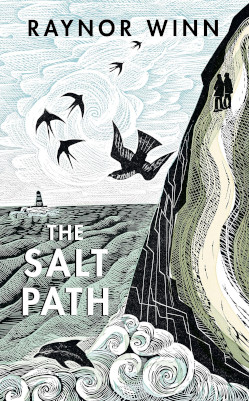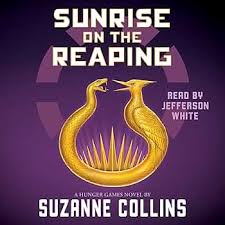Exploring Resilience in The Salt Path by Raynor Winn

Introduction
‘The Salt Path’ by Raynor Winn has captured the hearts of readers since its publication in 2018. This compelling memoir recounts the author’s genuine and transformative journey along the South West Coast Path in England, highlighting issues of homelessness, love, and resilience. In a world where mental health and personal challenges are frequently discussed, Winn’s experience serves as a beacon of hope and an exploration of the healing power of nature.
The Journey of Discovery
Raynor Winn, alongside her husband Moth, set forth on their journey after facing the devastating news of Moth’s terminal illness and the loss of their home. With minimal resources, they chose to walk nearly 630 miles, relying on each other and the kindness of strangers. Their journey is more than just a physical trek; it is a deep exploration of their bond and the challenges faced by those grappling with mental health issues and financial insecurity.
The pair faced numerous obstacles, including harsh weather conditions and physical ailments. Despite this, their story resonates with resilience and the profound beauty found in nature. As they walk along the rugged cliffs and picturesque coastlines, readers are invited to reflect on their struggles and the importance of empathy and connection.
Broader Themes and Impact
‘The Salt Path’ also sheds light on larger societal issues such as mental health, homelessness, and the importance of community support. Winn’s narrative is not just a memoir but a call to action. It encourages readers to think critically about the fragility of life and the resilience of the human spirit. Mental health awareness has seen a significant rise in recent years, and Winn’s story contributes to this dialogue by illustrating how connection with nature can provide solace and healing.
Conclusion
In conclusion, ‘The Salt Path’ by Raynor Winn is more than an account of a solitary journey down the coast; it is a story of hope, perseverance, and the profound transformations that can arise from facing life’s trials head-on. Its relevance today is underscored by the ongoing discussions surrounding mental health and society’s obligation to support vulnerable communities. As readers continue to engage with the themes raised in Winn’s work, it serves as a reminder of the strength found in unity, resilience, and the liberating journey that nature can provide. This memoir not only entertains but also inspires, prompting us all to consider our paths and the ways in which we navigate life’s unpredictable journey.









